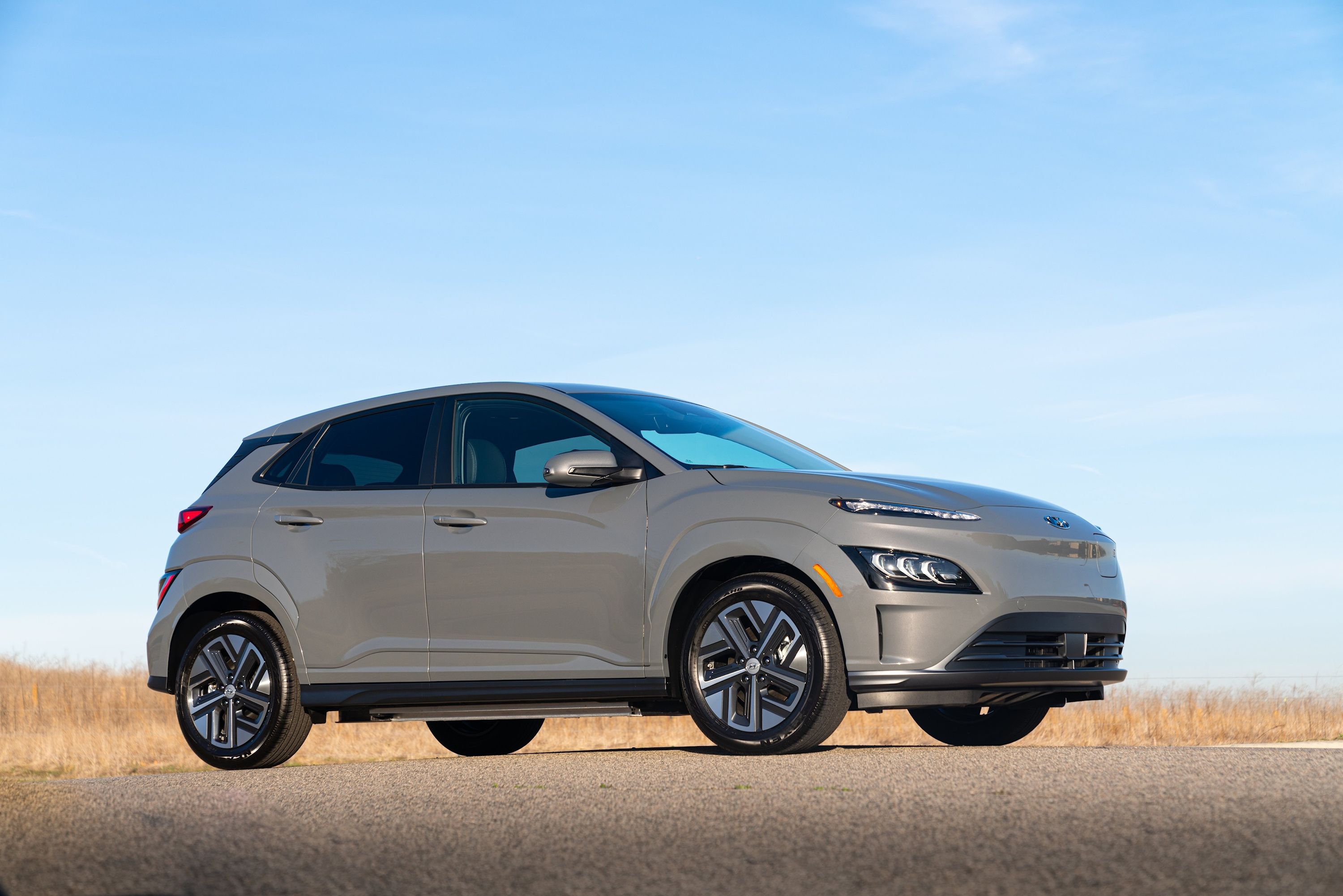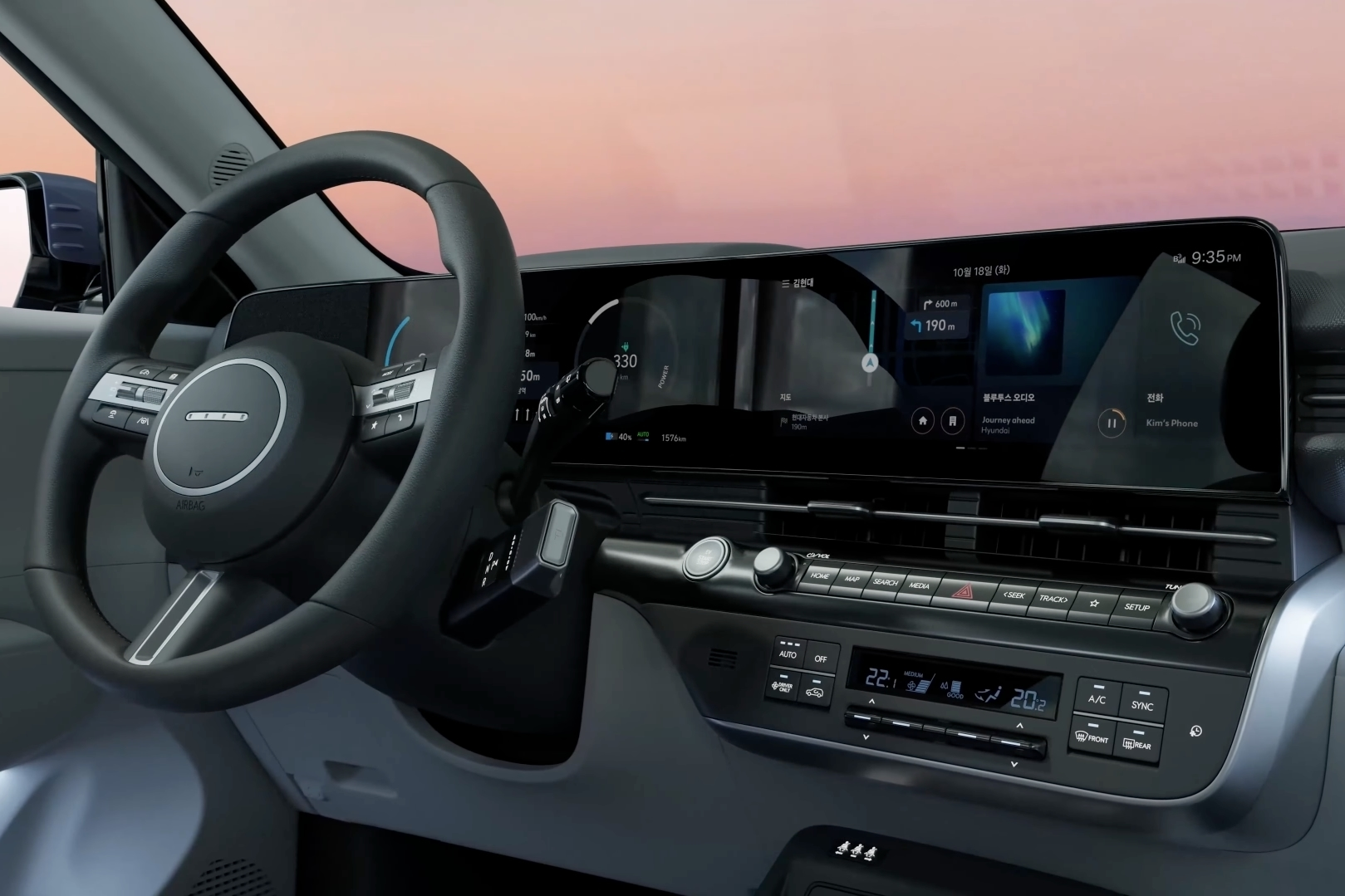
Hyundai is committed to using traditional controls for many more years, with SangYup Lee telling Cars Guide that physical knobs and buttons are a lot safer than their digital counterparts.
"We have used the physical buttons quite significantly the last few years," said the head of Hyundai design at the launch of the new Kona and Kona Electric. "For me, the safety-related buttons have to be a hard key." Lee, who was recently awarded the honor of 2023 World Car Person of the Year, said physical buttons will continue to be used, particularly when it comes to climate and audio controls.
He added that digital screens are more cumbersome and distract motorists for more extended periods. "When you're driving it's hard to control it, this is why when it's a hard key it's easy to sense and feel it."
Last year, the findings of a Swedish automotive study echoed Lee's sentiments; touchscreens are not only tougher to navigate, but force drivers to take their eyes off the road for longer than they should. Participants struggled to complete simple tasks quickly which was a cinch in an older vehicle with traditional buttons and dials.
While Hyundai's head of design is keen on physical controls, he concedes that touchscreens will be the new normal in Level 4 autonomous cars. "We will continue to have [physical dials]," he said. "When it comes to Level 4 autonomous driving, then we'll have everything soft key, but until then, as I said when it comes to driving it's safest to have your eyes on the road and your hands on the wheel."
Even then, we expect Hyundai's solution to be refreshingly simple, as its Mobis division last year revealed its Quick Menu Selection proximity touchscreen that can anticipate a user's needs.
From entry-level models to the most expensive luxury vehicles, touchscreens have become mainstream in car cabins. It certainly looks clean, brings an air of modernity and minimalism, and can be very impressive. However, it's common knowledge that they complicate the task of commuting.
Some vehicles, especially modern Peugeots and Citroens, have ridiculous HVAC controls that force the driver to dive into submenus to simply change the temperature. And why? Because it reduces cost and saves the manufacturer money.
Physical buttons may look old-fashioned, but they're safer to operate and make for a more harmonious driving experience. That's why Mazda is so hesitant to use touchscreens in the first place and utilizes a traditional scroller wheel instead. The automaker takes criticism for this, but that's why Germany's ADAC has lauded the compact 3's infotainment system as the safest and most ergonomic of them all.



